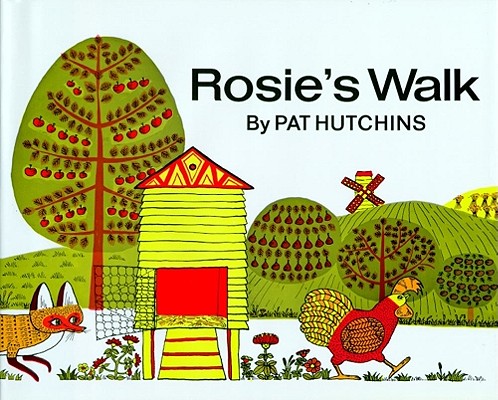
What are directions to me
Unplugged Activity No Coding Experience Direction Based
What you need
Tools
None
Skills
Basic understanding of sequencing vocabulary
Environment
Any
Support
Adult moderator and one or more learners
Description
This activity helps learners to explore and practice their directions. Distinguishing forward, right, and left can be challenging for many learners. Learners will use their bodies to orient and associate directions relative to themselves. Repetition is the key to creating a foundational understanding of coding and application can be encouraged by using any available examples around the learner before moving to a virtual space.
Steps
- Review through the vocabulary of directions: Move Forward, Move Backward, Turn Right, and Turn Left.
- Ask the learner to point in the direction that matches each vocabulary item.
- Ask the learner to identify which arm/eye/ear/leg is right and left.
- Ask the learner to identify the items in front of them.
- Ask the learner to identify the items behind them.
- Encourage learners to move according to each vocabulary item.
Tips
- If a learner struggles with identifying the correct direction, let the learner say the incorrect answer and then provide the correct answer. Try to provide verbal or physical prompts to engage participation on subsequent attempts.
- Use colored bracelets or stickers to support left and right to be remembered. Red and yellow are good choices for individuals with cortical visual impairment.
- Repetition is key for learning directions with physical movement. Try to reinforce with other activities with directions.
Skill Development
- Directional
- Spatial
You may like this:

Learning about directions with arrows
Unplugged · No Coding Experience · Direction Based
This activity uses arrows to learn about directions.

Directions anywhere, anytime
Unplugged · No Coding Experience · Direction Based
This activity helps learners explore and practice their directions.
